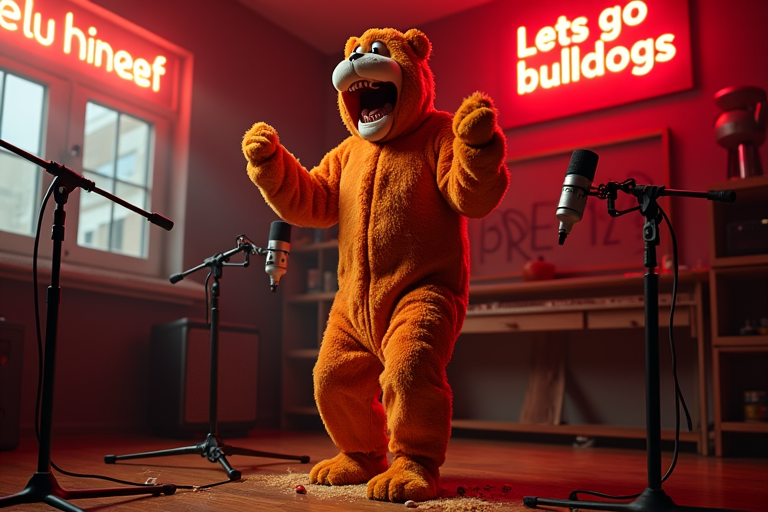The Spicy Voiceover King: A Cautionary Tale

The world has always been captivated by unusual talents and peculiar obsessions. But few stories are as bizarre and concerning as that of “Kewl Boi,” a voiceover artist whose meteoric rise to internet fame is inextricably linked to an unhealthy obsession with spicy chicken and a perplexing linguistic loop. This is the story of how passion, fame, and a questionable diet collided, creating a spectacle both entertaining and deeply worrying.
The Rise of a Spicy Star

Kewl Boi emerged seemingly out of nowhere, his booming voice and enthusiastic encouragement quickly gaining traction online. His voiceovers for minor league baseball teams and local advertisements were met with enthusiasm, but it was his increasingly bizarre and repetitive catchphrases, often incorporating descriptions of intensely spicy chicken dishes, that truly propelled him to viral stardom. The irony wasn’t lost on viewers – a voiceover artist known for his fiery delivery both literally and figuratively.
The Loop

Over time, Kewl Boi’s vocabulary seemed to shrink, his monologues devolving into variations of “Spicy! Very Spicy! The heat! It’s delicious!” The repetition became hypnotic, attracting a cult following who simultaneously marveled at and worried about his descent into this verbal loop. Attempts to engage him in meaningful conversation often resulted in a rapid-fire recitation of chicken-related adjectives.
The Investigation
Concerned fans and industry professionals initiated an investigation, attempting to uncover the root cause of Kewl Boi’s peculiar condition. The results were unsettling. It appeared his reliance on increasingly potent chili peppers, consumed as part of his “creative process,” had somehow affected his cognitive function.
The Future
As of now, Kewl Boi continues his online performances, oblivious to the concern surrounding him. Whether he can break free from his spicy spiral remains to be seen. His story serves as a stark reminder of the potential pitfalls of fame, obsession, and a questionable diet.